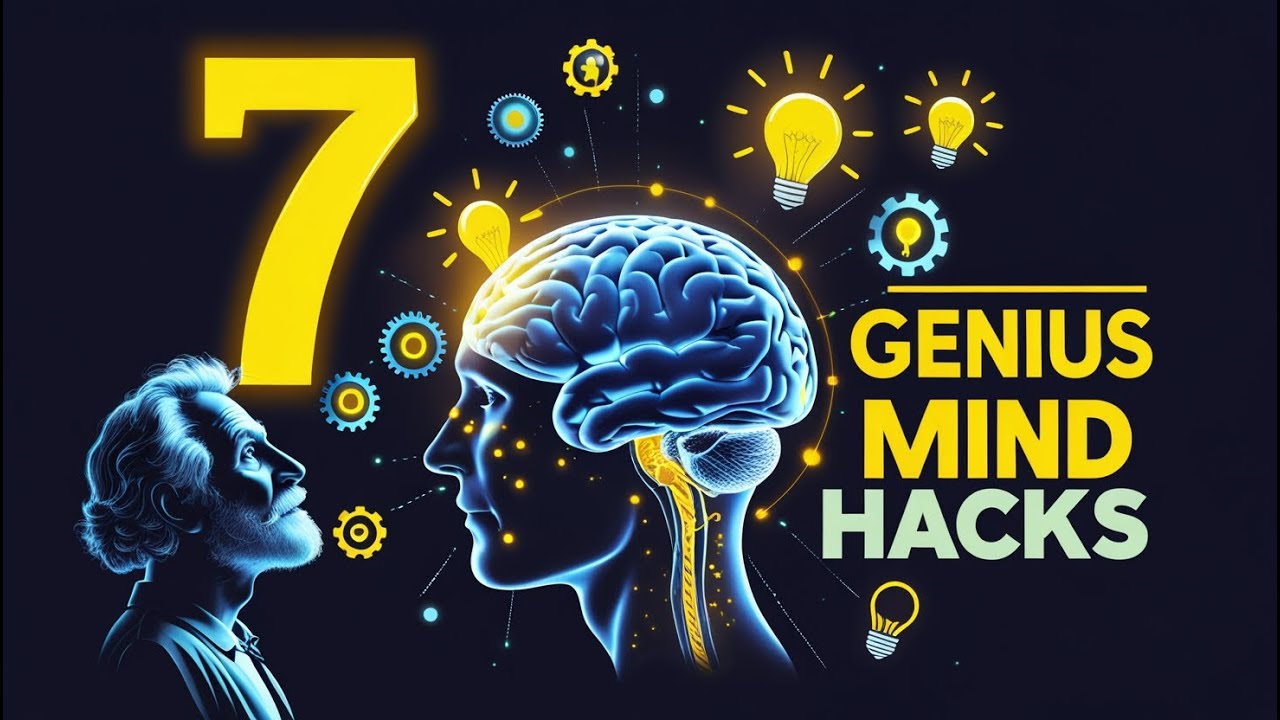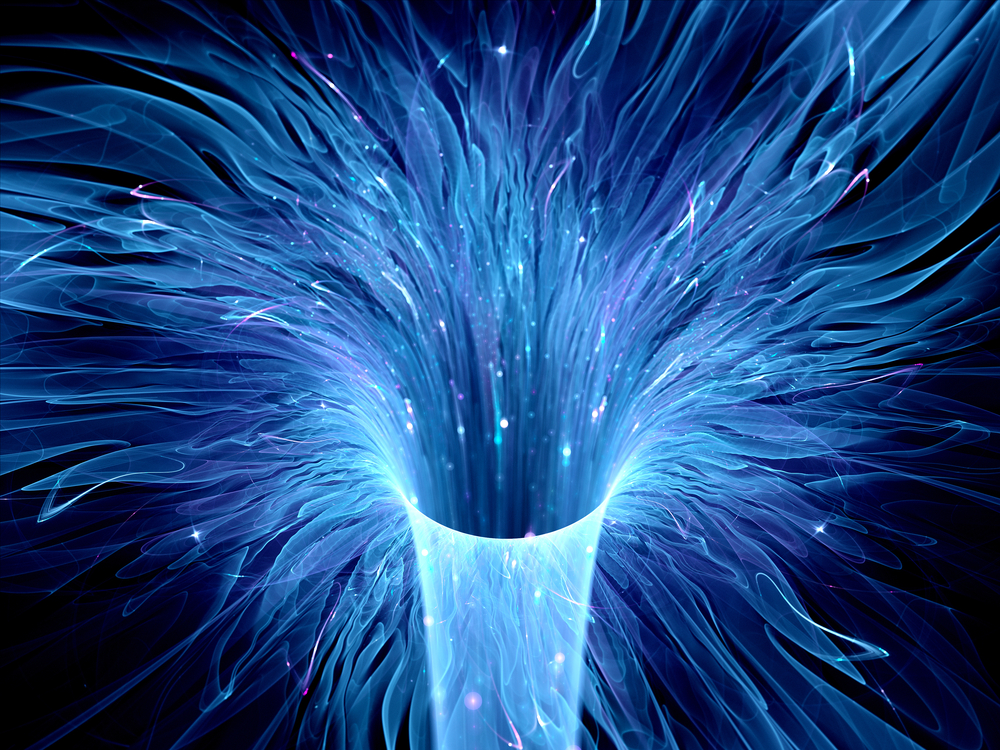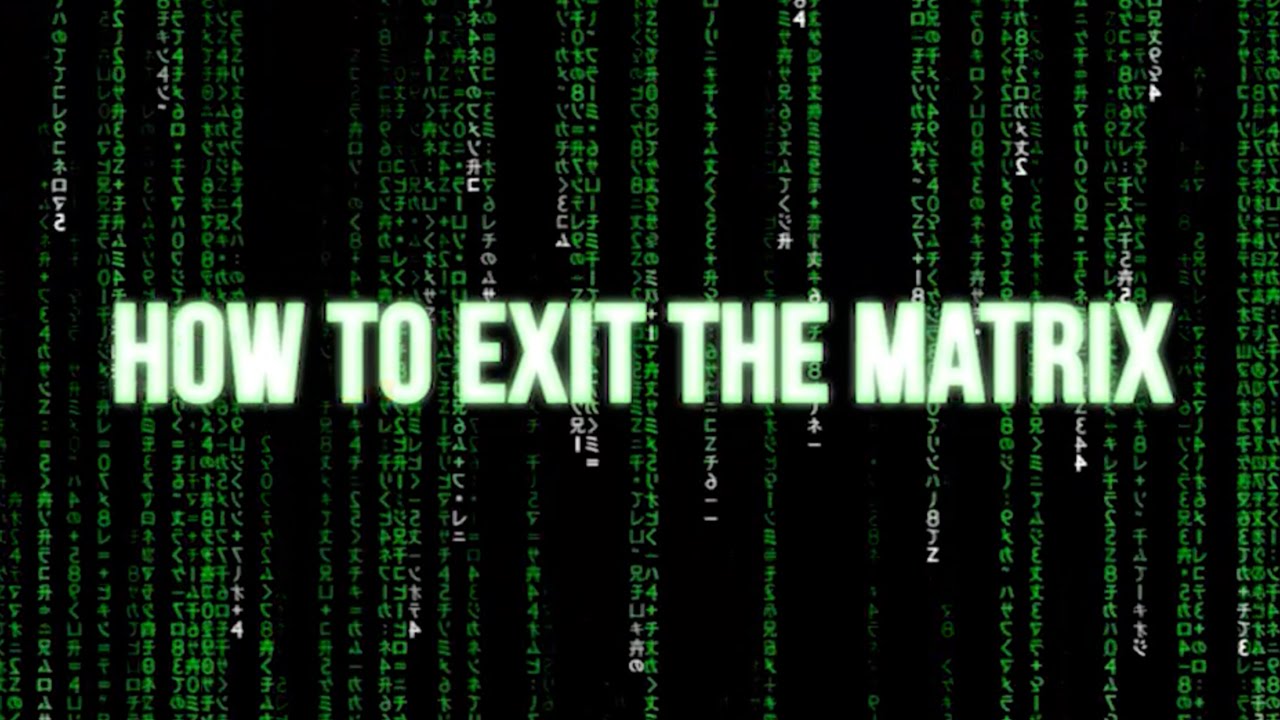7 Next-Level Mind Hacks That Make You A Genius
While you don’t have to be a genius to be creative, you can use your creativity to become a genius. It’s an endeavor completely under your power and will to do.
There are a couple of mental tools and techniques you can use to bring your mind to the next level and boost your creativity.
We are all geniuses, but some of us choose to use their potential. As Ralph Waldo Emerson puts it rightly: “In every work of genius we recognize our own rejected thoughts; they come back to us with a certain alienated majesty.”
7 Next-Level Mind Hacks That Make You A Genius: 1. Actualizing through alchemy.
“To be human is necessarily to be a vulnerable risk-taker; to be a courageous human is to be good at it.”― Jonathan Lear
While others fake it until they make it, alchemizing goes deeper. Alchemy brings transformation.
It’s when you’re courageous in the face of fear that you are practicing emotional alchemy. You are less likely to fake it when you are proactively engaged at the same time honoring your emotional state.
Feeling fear is a natural instinct. But if you act with courage despite the fear, you are doing the right thing.
2. Gaining wisdom from wounds.
“It is of the first order of importance to remember this, that the shaman is more than merely a sick man, or a madman; he is a sick man who has healed himself, who is cured, and who must shamanize in order to remain cured.” ― Terence Mckenna
Everyone has wounds. As Rumi points out, wounds are the places where light enters. This means you have the power to use your wounds to your best advantage.
You have the power to transform your very wounds into wisdom that would guide your journey as well as that of others. Wounds can make you vulnerable to the pains of other people.
It makes you compassionate and understanding. You may heal some of your wounds, but some may just open up.
Or wounds, may stay there. But despite the pains and heartaches, you have the capability to face it and make your soul be refined through it.
You may not have the power to control over things that are happening to you, but you do have the power to control your reactions and bring each pain to a sacred place where you can be more proactive and fully engaged.
3. Unbecoming everything.
“Principles for the Development of a Complete Mind: Study the science of art. Study the art of science. Develop your senses- especially learn how to see. Realize that everything connects to everything else.” ― Leonardo da Vinci
There is a place where you find yourself connected to everything else and everything else is connected to you. It’s a place beyond meditation, beyond letting go.
Unbecoming everything is realizing that enlightenment is not becoming it, rather it is unbecoming it.
Unbecoming is where your attachment to attainment makes no sense. It’s a state of being detached, where your ego is no longer in control.
When you unbecome everything, you attain a state of authenticity where co-dependence no longer exists. You reach a heightened state of authenticity and awareness where you realize that interdependence is becoming fully connected to everything else.
4. Counting coup on yourself.
“He is a sane man who can have tragedy in his heart and comedy in his head.” ― G.K. Chesterton
Counting coup is a Native american act of courage that refers to winning of prestige in battle through the social leveling mechanism of shaming. A coup warrior wins prestige by showing uncommon bravery despite the face of fear.
It is an act of touching (shaming) an enemy in battle and being able to escape unharmed. Counting coup on oneself is putting into light what’s shameful, unhealthy, and fearful in yourself.
It’s having the courage to face your own fears and uncertainties. When you count coup on fear, sloth, narcissism, and extremism, you are able to emerge courageously and live life deliberately.
Counting coup needs to start in your own self so that you can count coup on others once you have done it unto yourself.
5. Practicing counter-weltanschauung dynamics.
“The greatest and most important problems of life are all in a certain sense insoluble.” ― Carl Jung
Counter-weltanschauung dynamics is a tool that helps us see through our indoctrinated blindness. Weltanschauung is the German word for worldview.
The way to countering the worldview of others starts by questioning and broadening your perspective. You need to examine yourself first and then examine the opposite.
By arriving at a more open-minded and empathetic understanding of the world and others, you are able to look at the world with holistic eyes, recognizing that people can still live together despite their differences and conflicting ideals.
And only then can you put yourself in the shoes of others and see things the way they do.
6. Practicing Promethean audacity.
“I would rather be chained to this rock than be the obedient servant of the gods.” ― Prometheus
This mind hack can also be called Dionysian disobedience as you are delving into the forbidden or what is against the rules or laws.
It’s not done to harm yourself, but to discover the secrets that can be attained without any authority. It’s setting aside obedience.
It’s deviating from the ordinary to uncover what is extraordinary. It’s an act of insubordination from from godlike forms: parents, teachers, cops, judges, presidents, queens, or even God itself.
This is a risk you must do if you were to evolve into who you really are.
7. Engaging the great mystery through overcoming of oneself or cosmic heroism.
“If you need to visualize the soul, think of it as a cross between a wolf howl, a photon, and a dribble of dark molasses. But what really is, as near as I can tell, is a packet of information. It’s a program, a piece of hyper-spatial software designed explicitly to interface with the Mystery. Not a mystery, mind you, the Mystery. The one that can never be solved.” ― Tom Robbins
It’s through deep solitude and meditation that you are able to engage the Great Mystery. When you transform your life into art-form of courage and endurance, you are creating a kind of cosmic catharsis.
You are overcoming the fixed and rigid self to become the flexible and adaptable self, on your way to becoming a cosmic hero.
Cosmic heroism is validating your sense of value within a cosmic scheme and realize how you can creatively provide your contributions. Overcoming yourself is making yourself a cosmic hero who transforms co-dependence into independence into interdependence.










